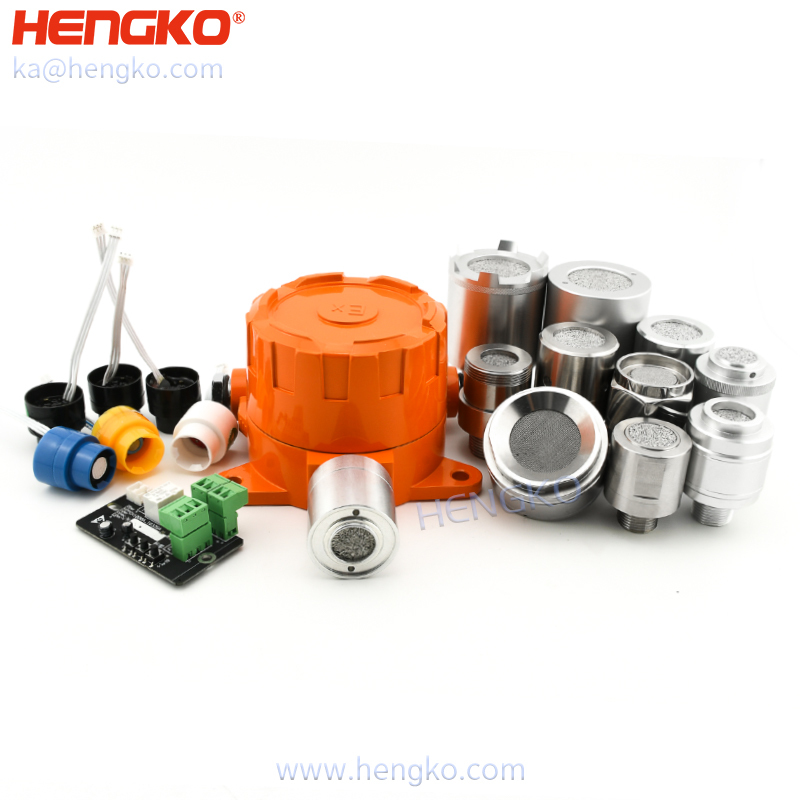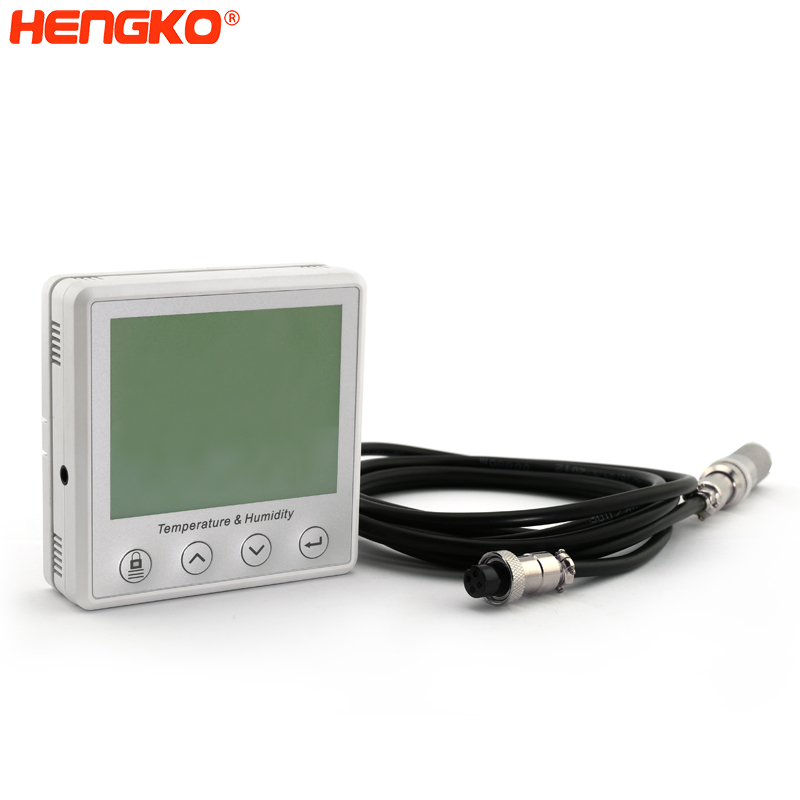Attention: This is endangering your health
The restroom is an important facility in our life. It can meet our physiological needs but has some security risks. In 2019, a young couple in Shanghai died after being poisoned in a bathroom at their home. The fire department arrived at the scene and used a toxic gas detector that finding the three-layer hydrogen sulfide exceeded the standard. After pressing the button of the toilet bowl, the highest 100ppm hydrogen sulfide was instantly produced. After testing, the two died of hydrogen sulfide poisoning. According to data, when the air contains 200ppm hydrogen sulfide, it can cause poisoning if inhaled for 5 to 8 minutes. If the air contains 1000ppm to 1500ppm, it can cause death in a short time. Extremely serious poison expression is: inhale 1 to 2 mouth to be able to stop breath instantly, die immediately.
In addition to the hidden dangers of home toilets, public toilets are also "invisible killers". In South Korea, a girl went to the roadside public toilet but didn’t come out sometime later. When she was found, she was unconscious and died after the hospital. After investigation, the hydrogen sulfide in the drain tank of the public toilet was inhaled by the girl, which caused the death. Hydrogen sulfide is a colorless, highly toxic, acidic gas. It has a special smell of rotten eggs, even a low concentration of hydrogen sulfide can damage the human sense of smell. What we call "toilet smell" is the result of the action of these mixed gases. The gas also contains hydrocarbons such as methane, which is very harmful.
With the development of technologies such as artificial intelligence and the Internet of Things, the technological product of smart public toilets has been extended. It combines big data, the Internet of Things, cloud storage, cloud computing, sensors, SIG-MESH and other technologies to enable traditional toilets to have a real-time perception, accurate judgment and precise processing capabilities. Ammonia, hydrogen sulfide, CO2, temperature, and humidity are important data indicators in public toilet air quality testing. The testing of these data is inseparable from our sensor measurement. Even some ordinary public toilets should be installed: ammonia gas alarm, hydrogen sulfide alarm and exhaust fan, etc., to remove peculiar smell in time to avoid harm.
HENGKO Hydrogen sulfide gas sensor:
Response time:<10s
Recover time:<40s
Humidity range: 10~95%RH(No condensation)
Temperature range:-20℃~50℃
IP rating: IP66
The gas sensor housing has good explosion-proof and flameproof performance, especially suitable for extremely bad explosive gas environment.
Pressure scope:150bar
Temperature scope:-70℃ -600℃
Pore size: 0.2-90um or customized
HENGKO temperature and humidity sensor:
Analog output: 4-20mA,RS485
Output signal: I²C
Humidity scope:0-100%RH
Temperature scope:-40℃-125℃
Waterproof rating: IP65 and IP67
HENGKO temperature and humidity sensor probe casing is weatherproof and will keep water from seeping into the body of the sensor and damaging it, but allows air to pass through so that it can measure the humidity outside.
HENGKO Technology Co., Ltd. is a high-tech manufacturer focused on R&D, design and making of sintered porous metal stainless steel filter material, carbonation diffuser, temperature humidity meter sensor probe and gas detector porous housing etc. There are various types of gas sensors and temperature & humidity sensor fot your reference, please contact us for more details.


